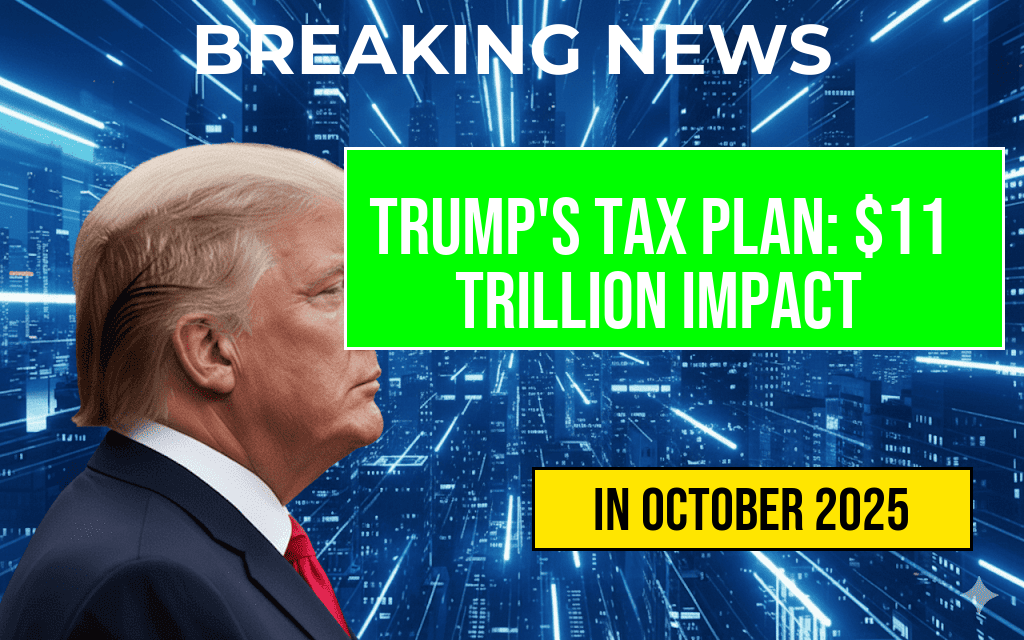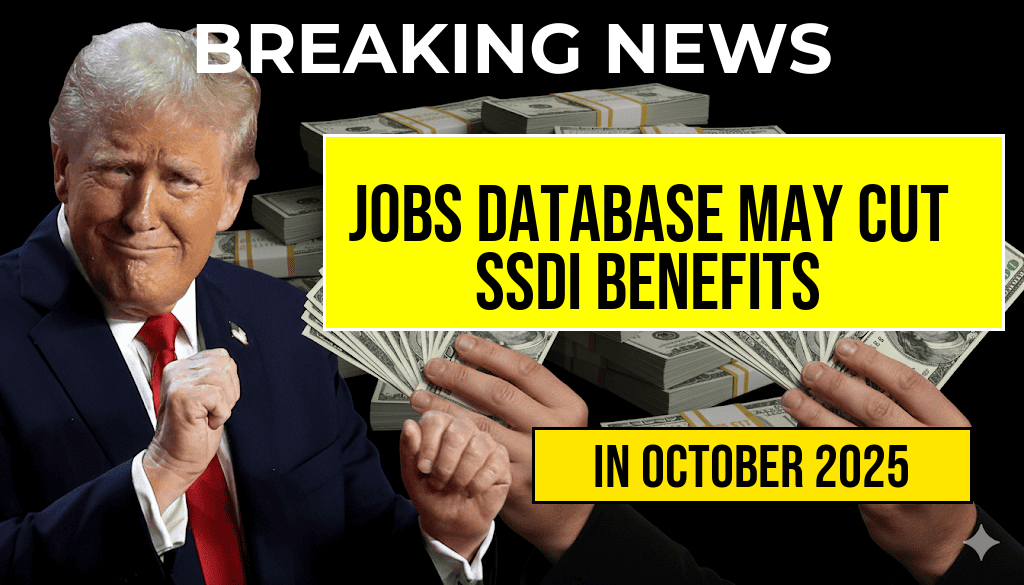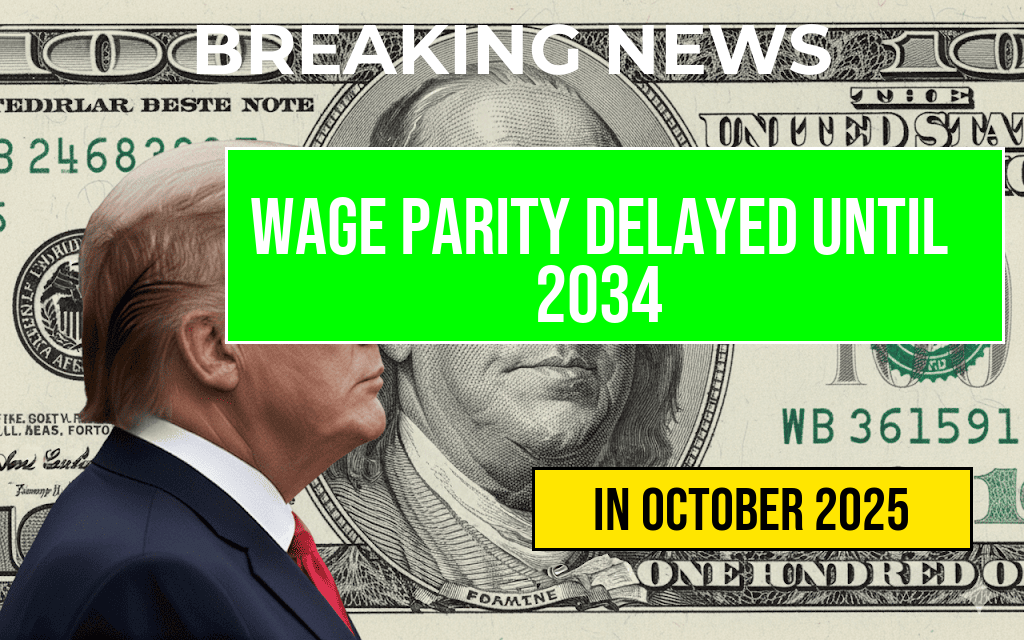Former President Donald Trump’s proposed tax plan has garnered significant attention, with estimates suggesting it could reach an astonishing $11 trillion over the next decade. This ambitious proposal, which aims to reshape the American tax landscape, is poised to have substantial implications for individuals and businesses alike. As debates surrounding tax reform heat up, understanding the potential effects on personal finances and the broader economy is crucial. While supporters highlight the plan’s potential to stimulate growth and investment, critics warn of potential downsides, including increased deficits and inequities. This article delves into the details of Trump’s tax plan and what it could mean for your wallet.
Key Features of Trump’s Tax Plan
Trump’s tax proposal includes several significant changes aimed at simplifying the tax code and reducing rates for individuals and corporations. Here are the main features:
- Reduction in Income Tax Rates: The plan proposes lowering the individual income tax rates, with the top rate potentially dropping from 37% to 33%.
- Corporate Tax Cuts: A key aspect of the plan is a reduction in the corporate tax rate from 21% to 15%, which supporters argue would encourage business investment.
- Elimination of Certain Deductions: To offset the cost of tax cuts, the plan suggests eliminating or limiting popular deductions, including state and local tax deductions.
- Child Tax Credit Expansion: The proposal includes an expansion of the child tax credit, which could benefit families with children significantly.
Potential Economic Implications
The proposed tax plan’s total cost of $11 trillion raises questions about its long-term viability and implications for the economy. Here are some potential outcomes:
- Economic Growth: Proponents argue that lowering tax rates will stimulate economic activity, leading to increased job creation and wage growth. By putting more money in the pockets of consumers and businesses, the plan aims to spur spending and investment.
- Increased Deficit: Critics warn that such a substantial tax cut could exacerbate the federal deficit, particularly if the growth projections do not materialize. The Congressional Budget Office (CBO) has previously stated that significant tax cuts without corresponding cuts in spending may lead to increased national debt.
- Impact on Wealth Inequality: There are concerns that the proposed tax cuts may disproportionately benefit the wealthy, exacerbating income inequality. Some studies suggest that tax cuts for higher earners do not necessarily translate into broader economic benefits for lower-income individuals.
What It Means for Your Wallet
As the tax plan moves through discussions, individuals should consider how the potential changes may impact their financial situations:
| Income Level | Estimated Tax Cut | Potential Changes to Deductions |
|---|---|---|
| Low Income (<$50,000) | $1,000 | Child Tax Credit Expansion |
| Middle Income ($50,000 – $100,000) | $2,500 | State and Local Tax Deduction Limitations |
| High Income (>$100,000) | $5,000+ | Reduction in top tax rate |
Public Reaction and Political Landscape
The reception of Trump’s tax plan has been mixed, with various stakeholders voicing their opinions. Many business groups have expressed support, citing the need for a competitive tax environment. Conversely, progressive lawmakers and economists have raised alarms about potential long-term consequences, urging caution and a more balanced approach to tax reform.
As the debate continues, public opinion will likely play a critical role in shaping the final outcome. Organizations such as Forbes and Wikipedia provide further insights into the proposed changes and their implications.
In the coming months, as legislative discussions unfold, individuals should stay informed about how these proposed changes could directly affect their financial situations. Understanding the nuances of the tax plan will be essential for making informed decisions that could impact household budgets and long-term financial planning.
Frequently Asked Questions
What are the key components of Trump’s tax plan?
The key components of Trump’s tax plan include significant tax cuts for individuals and corporations, changes to the tax brackets, and the potential elimination of certain deductions. The plan aims to stimulate economic growth by increasing disposable income for Americans.
How could Trump’s tax plan affect my wallet?
Trump’s tax plan could lead to an increase in take-home pay for many Americans due to reduced tax rates. However, the plan may also result in cuts to essential services and programs, which could indirectly impact your financial situation.
What are the projected costs of Trump’s tax plan?
The projected costs of Trump’s tax plan could reach up to $11 trillion over the next decade. This figure includes the anticipated loss in tax revenue and the potential economic growth that the plan aims to generate.
Will Trump’s tax plan benefit the wealthy more than the middle class?
Critics argue that Trump’s tax plan primarily benefits the wealthy and corporations, while the middle class may see only modest gains. The distribution of tax cuts may raise concerns about income inequality and the fairness of the tax system.
What are the long-term implications of Trump’s tax plan?
The long-term implications of Trump’s tax plan could include increased national debt and potential challenges to funding for vital programs. The plan’s effectiveness in stimulating economic growth will also play a critical role in shaping its overall impact on the economy and individual taxpayers.








